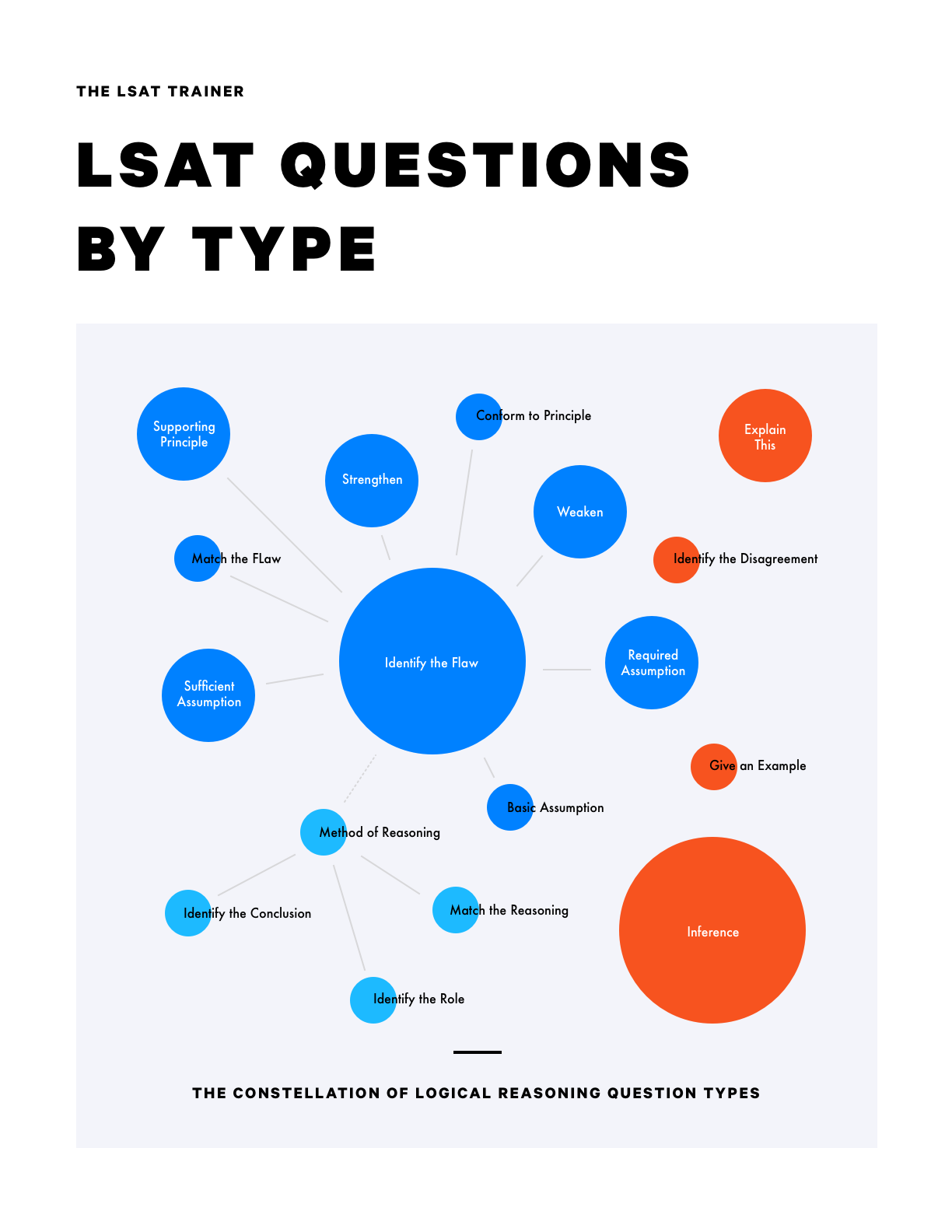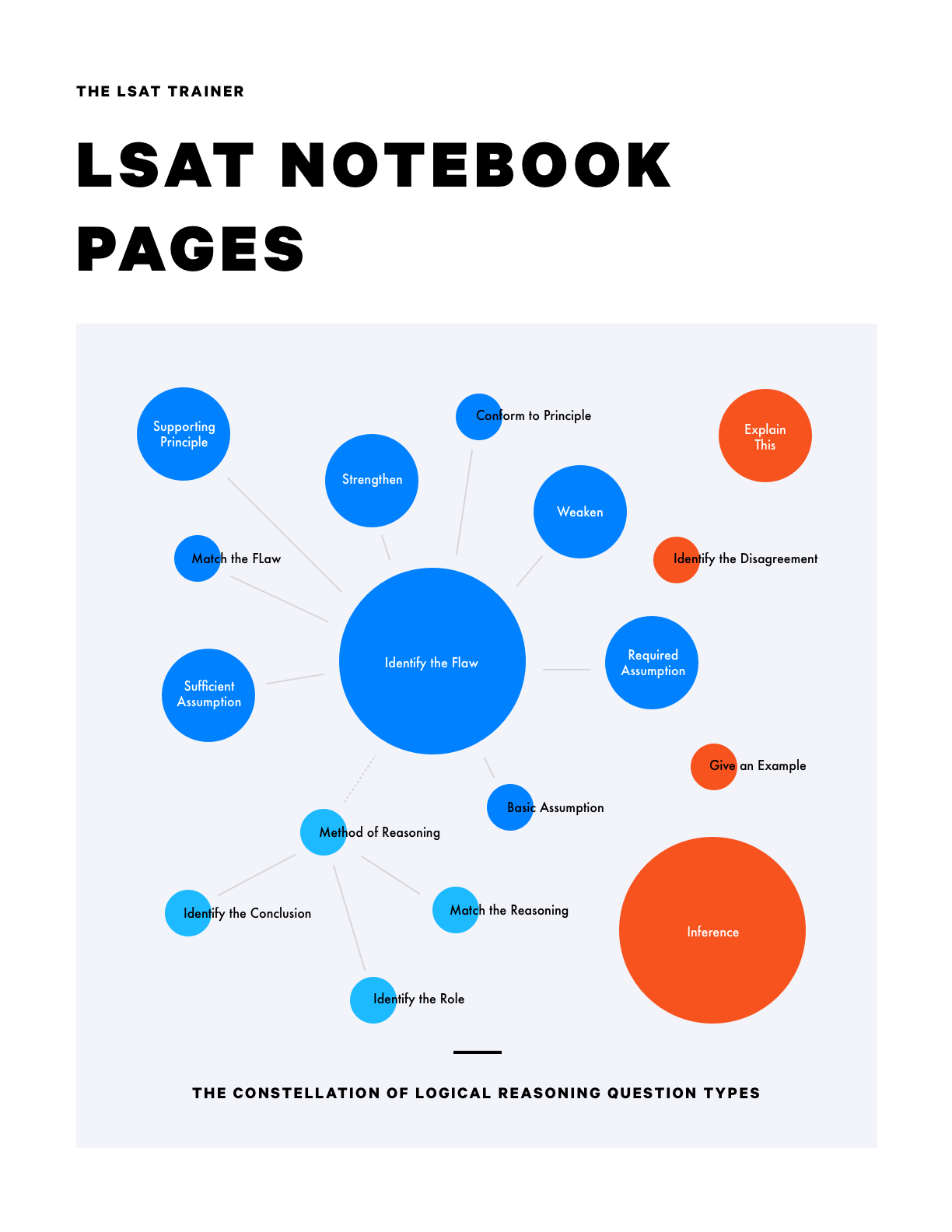Game 1 (Option 1)
Step 1
Per the given scenario, we can write out the six elements to be placed - R, S, T, W, Y, and Z, and we can lay out the six assignments - 9, 10, 11, 2, 3, and 4, separated out into morning and afternoon.
Step 2
Per the first and fourth rules, we can notate that R and Z must go in the morning, with R before Z.
Step 3
Per the second rule, we can notate that Y must immediately follow W.
Step 4
Per the third rule, we can notate that T must perform in the afternoon.
Step 5
We can mark that S is not restricted by any of the given rules.
Game 1 (Option 2)
Step 1
Per the given scenario, we can write out the six elements to be placed - R, S, T, W, Y, and Z, and we can lay out the six assignments - 9, 10, 11, 2, 3, and 4, separated out into morning and afternoon.
Step 2
Per the first and fourth rules, we know that R and Z must go in the morning, with R before Z. We can create three frames around the different ways that this can happen: with R in 1 and Z in 2, with R in 1 and Z in 3, and with R in 2 and Z in 3.
Step 3
Per the third rule, in all frames, we can notate that T must go in the afternoon.
Step 4
For frame 1, per the second rule, we can notate that Y must immediately follow W.
Step 5
For frame 2, the WY pairing can only go in the afternoon, and we can notate that. That leaves S as our only option for the open 10 am slot.
Step 6
For frame 3, the WY pairing can only go in the afternoon, and we can notate that. That leaves S as our only option for the open 9 am slot.
Game 2
Step 1
Per the given scenario we can write out the eight elements to be placed - L, M, N, O, P, R, S, and V - and we can lay out the six positions to be assigned, in order, as well as two positions for those not assigned.
Step 2
Per the first rule, we can notate that if L is in, M is out, as well as the contrapositive. We can infer from this rule that either L or M must be out.
Step 3
We can create a note that for all remaining rules, our notations only apply if that element is displayed.
Step 4
Per the second rule, we can notate that P can only be displayed if next to both O and S.
Step 5
Per the third rule, we can notate that R can only be displayed in 1 or 6.
Step 6
Per the fourth rule, we can notate that S cannot be displayed in 2 or 4.
Step 7
Per the fifth rule, we can notate that N can only be displaced in 5.
Game 3 (Option 1)
Step 1
Per the given scenario, we can write out the order of preferences for each of the four employees - J, L, P, and T.
* This is a very unusual game, and at this point there is nothing else to notate (the three rules give us information that does not need to be written out, though it certainly can be if you’d like). However, it is very helpful to run through some mental exercises to help conceptualize the game a bit better. A few questions we can ask ourselves, and think about, include:
“Can everyone get their first choice?”
“Can everyone get their first or second choice?”
“Can everyone either get their first, second, or third choice?”
“What’s the earliest or latest that W, X, Y, and Z can go?
Game 3 (Option 2)
Step 1
Create four frames, one each for if J, L, P, or T get the first selection, and assign them each their first preference.
Step 2
For each frame, write out the remaining elements to be assigned, along with their order of preferences (minus the element already assigned).
Step 3
In the frame in which J selects first, notice that no matter who else selects when, office W will be picked last, and X or Z will be picked second or third (in either order). We can fill in the positions with these inferences.
Step 4
In the frame in which L selects first, notice that no matter who else selects when, office Y will be selected second, Z third, and W fourth. We can fill in the positions with those inferences.
Step 5
In the frame in which P selects first, notice that no matter who else selects when, office X will be selected second, Z third, and W fourth. We can fill in the positions with those inferences.
Step 6
For the final frame, there are a variety of ways in which the elements can fill the positions, so we can keep those slots open.
Game 4
Step 1
Per the given scenario, we can write out the five elements to be placed - H, J, K, M, and N - and we can lay out the nine positions to be assigned - three each in groups X, Y, and Z, with each group organized per subset assignments - leader (L), secretary (S), and treasurer (T).
Step 2
Per the first rule, we can notate that N must always be assigned as an L.
Step 3
Per the second rule, we can notate that M can only be assigned once.
Step 4
Per the fourth rule, we can notate that J is assigned to group Y as the secretary (S), and that J can’t be in groups X or Z. We can also notate that this means we have just 1 J.
Step 5
Per the third rule, we can notate that K must assigned as either T or L in group Y, and that K cannot be assigned to Z.
Step 6
Since both J and K cannot be assigned to Z, we can infer that the remaining three elements, N, M, and H, must be, with N taking the leadership (L) position.
Step 7
Per the second rule, we can infer that M is now not assigned to groups X and Y.
Step 8
Since both J and M cannot be assigned to group X, we can infer that N, H, and K must be, with N taking the leadership (L) position.
Step 9
We can note that H is not directly restricted by any of the given rules.



